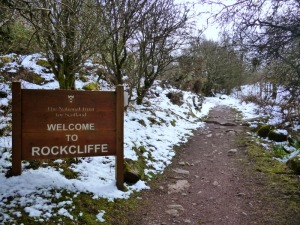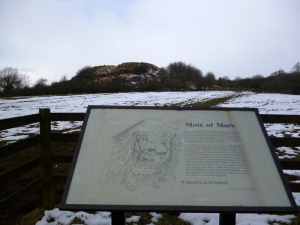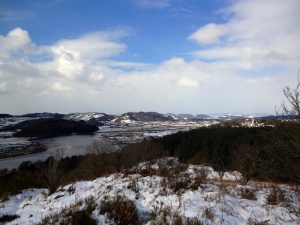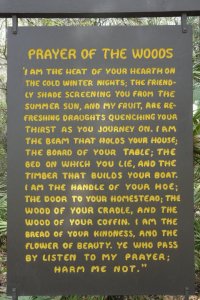Dense mangrove swamps living in semi-submerged seawater world are a frequent image of wonderfully adapted tropical forest ecosystems. But in more temperate climes, our native woods and forests are less well adapted to life on ‘the edge’, the where the shoreline meets the soil, and the trees that live here cling to windswept rocky shores and the edges of sandy beaches.
The often harsh conditions of the seashore can be difficult conditions for normally land-loving trees to grow. Strong, salty winds, and edaphic (soil characteristic) factors such as shallow sandy soils, pH, drainage, and nutrient deficiencies can make living life at the edge tough for trees. In addition, where there are lush forest growths down to the shore, harvesting trees by cutting them and just letting them fall into the water for easy transport has resulted in over-exploitation and degradation of forest ecosystems. On British Columbia’s shores, the ancient Douglas Fir ecosystems have been repeatedly exploited since the mid 1840s and are now in serious danger; not only are the remnants of an ancient woodland being cut down, but due to opportunistic invaders the nature of the area is changing too, leaving it vulnerable to fires, changing local weather patterns and species extinction (Coastal Douglas-fir Ecosystems, BC).
But where native trees manage to survive they create the best of both worlds – a wonderful walk through woodlands against a backdrop of waves rolling onto the shoreline below, and a strange juxtaposition of seabirds calling and woodland birds singing! In the UK we have some lovely woodland walks along the seashore, some of my favourites being the small but perfectly formed East Wood, with fragments of an ancient woodland overlooking the dynamic tidal flow the of the Severn Estuary (what difference would a barrage make to this lovely wood? But that’s for another blog….)
And then there’s the wonderful Rockcliffe Woods on the beautiful Stewartry Coast in Dumfries and Galloway, where the Solway sweeps in, covering the sands and causeway with alarming speed to the unwary. On a clear day the plentiful benches along the path provide an opportunity to look across the Solway to the Isle of Man and the Cumbrian Hills (on a clear day!)
From Rockcliffe and Sandyhills you can also walk down the coast to the dramatic Needle’s Eye, a lovely archway in the granite rocks of the Southwick Coastal reserve, one of the last homes of an ancient Atlantic oakwood forest, and rich with wildlife and wonderful plants including orchids and violets.

Needle’s Eye at Southwick, in the heart of ancient Atlantic Oak ecosystem and on the shores of the Solway.
Up in the Highlands, where the winds are stronger and the winters long, trees struggle for survival in many places, not just on the sea’s edges. One of the features of the Highland Clearances was the burning of houses and their wooden roof trusses – wood was so scarce a commodity that the cleared population would then have to leave their cottages to go and seek building materials elsewhere. But where trees do grow in more sheltered areas they provide a wonderful addition to the dramatic scenery.











